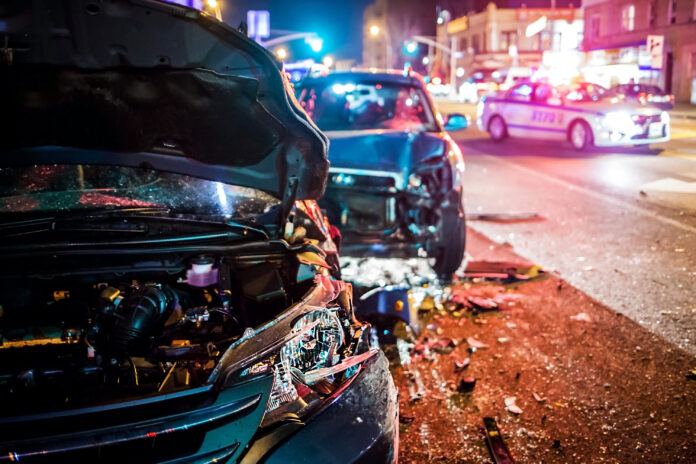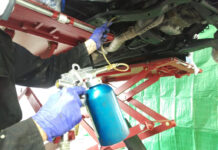With all the advancements in technology, it is pretty normal that ridesharing companies such as Lyft and Uber changed the transportation model in almost all regions of America (as well as the world) – and they did so by mostly replacing traditional taxis and other means of transportation. You might already know that like traditional taxi drivers, the drivers for Lyft and Uber are not employees of the companies and the companies do not own the drivers’ cars. The biggest differences from taxis are the pricing models, as well as how you call an Uber or Lyft driver to pick you up. Rather than getting a taxi on the street, people can hire the drivers by an application developed particularly for the needs of the drivers and passengers.
But, the technological nature of these services might not have an impact on you getting compensated and determining the liability when an accident occurs. So, if you found yourself in an accident while using these ridesharing services, you might be thinking about what the next steps are. And if you are in that situation, this article might be able to help you clear some things up. Let’s take a closer look:
How Are The Accidents Different
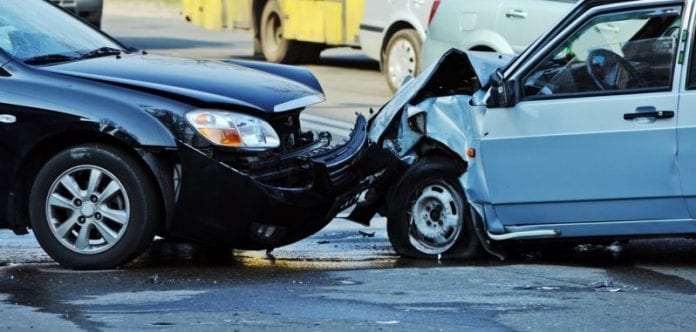
If you found yourself in a car wreck while being a passenger in a ridesharing vehicle, your claim might be slightly different than if you were in an accident in your car. Generally, the steps you should take are quite similar to the ones in a normal wreck.
Firstly, the most important thing you will need to do is to ask for medical attention and care if you are injured. Also, you should collect information on the person driving the vehicle, the other party involved, as well as a crash report and other information that you can collect from the police officers that were present at the scene. According to 4injured.com, in order to support your claim and case even further, you should take pictures of the drivers and cars involved. This will help you quite a lot. Keep in mind that you should not talk with any insurance company before talking to your lawyer since doing this can prevent mistakes that can harm your claim.
The difference between the accidents in question mostly revolves around the source of recovery. The ridesharing companies require all their motorists to be covered by a commercial insurance policy. Usually, if the app is with you, you will be eligible for being covered by the company’s insurance policy. But, the amount you could get will be determined by if you were looking for a passenger or if you were engaged in a ride either as a driver or passenger/passengers.
While riding, both the passengers and the driver are protected by a 1 million dollar commercial policy – and if the person maneuvering the vehicle caused the accident while you were in the car you will be protected by the policy in question. However, if a different driver in a different car caused it, their insurance policy will pay for the damages that occurred, as well as the recovery needs. But, if the outside driver’s policy is insufficient, Uber’s and Lyft’s underinsured coverage will be applied.
If you are a driver for these companies and if you had an accident while the app is with you and while looking for the passengers, you will be eligible for the liability insurance policy, however, you will get a lower amount. Usually, the money in question can go to 50.000 dollars. But, if you were driving someone, you will be eligible for the $1 million insurance claim. Keep in mind that if your app is off, the accident will be taken care of by your personal insurance, just like in any other accident. Also, every insurance company will handle how they deal with drivers using personal vehicles for ridesharing services differently. So, ensure that your personal insurance permits you to use your car for this business.
What About Suing Lyft and Uber?
As previously mentioned, the drivers for Lyft and Uber are not considered employees of the companies but rather as independent contractors. Hence, liability does not apply in these cases and in most states. The ridesharing companies have distanced themselves from the people who drive for them, and they have also protected themselves from any allegations of being liable for the accidents that happen. Luckily, it should not be necessary to sue the companies since the insurance policies should be enough to cover most damages and injuries caused by accidents.
The Pros of Using Ridesharing Services
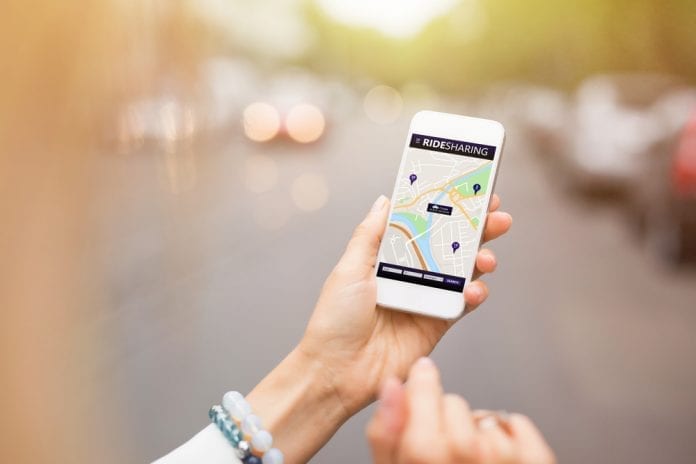
There are various advantages that you can gain from using these services, including:
- It Is Safer, More Convenient, and Less Expensive – 33 percent of people stated that one of the most common reasons they call an Uber or Lyft is to avoid driving while intoxicated. After ridesharing companies started operating, alcohol-related wrecks have seen a drop of 11 percent. The applications used for hiring these services increase reliability and reduces the time a passenger waits for their rides. Also, it is usually 30 percent cheaper to use an Uber or Lyft.
- It Creates Job Opportunities – there are over 2 million drivers across the US alone. In 2017, Uber’s report states $12.9 billion in revenue for motorists in America. What is even better, they can choose their own working schedules and more than 80 percent of them stated that this is the most important thing for them.
The Cons of Using Ridesharing Services
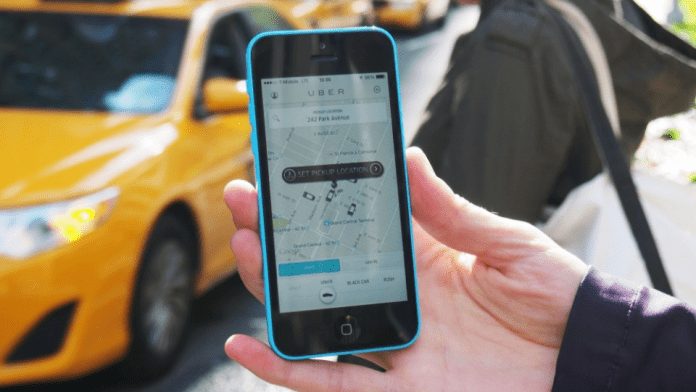
There are various disadvantages that you can gain from using these services, including:
- It Increases Traffic Jams and Pollution – the cars used for these services add almost 6 billion miles every year in big cities across the US. And, 40 percent of the time, the cars do not have passengers in them, hence, it adds miles and emissions that would not occur if not for these services. Also, since there are more and more people joining these companies, more traffic jams occur, especially in larger cities.
2. Low Pay for The Drivers – since they act as independent contract drivers, they do not receive any benefits – since they are technically not employed by Uber or Lyft. They also need to pay for gasoline and vehicle maintenance which basically lowers their pay even more. This is why 44 percent of drivers state that they have a hard time earning money.
Conclusion
As you can see, if you are in a car accident while in an Uber or Lyft vehicle, the steps you should take after it happens are a bit different than if you were in a normal car accident, so before talking to any insurance company, make sure that you have gathered the information you need, as well as seek medical attention if needed.
